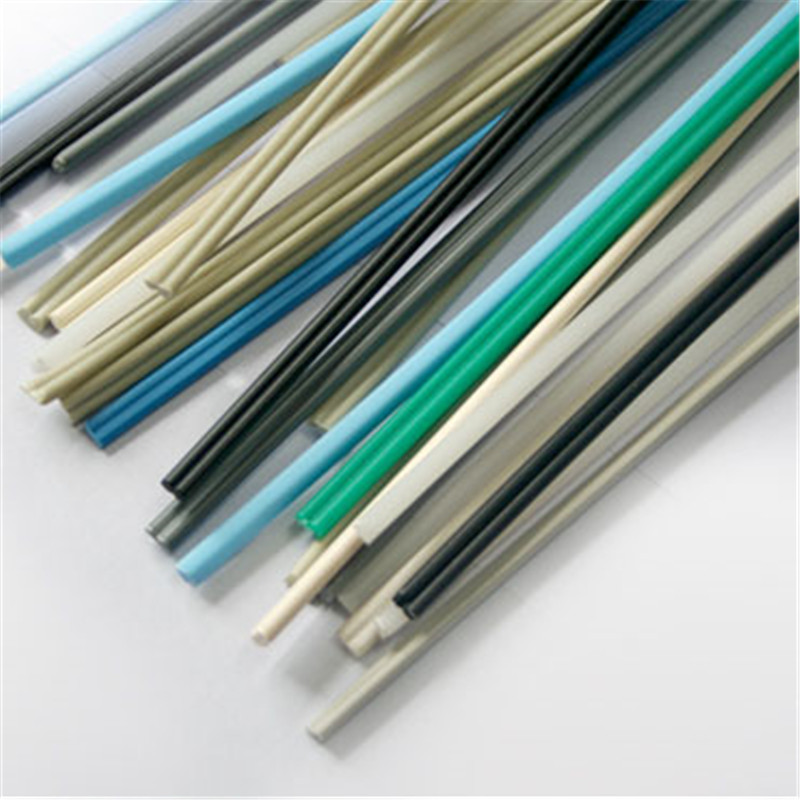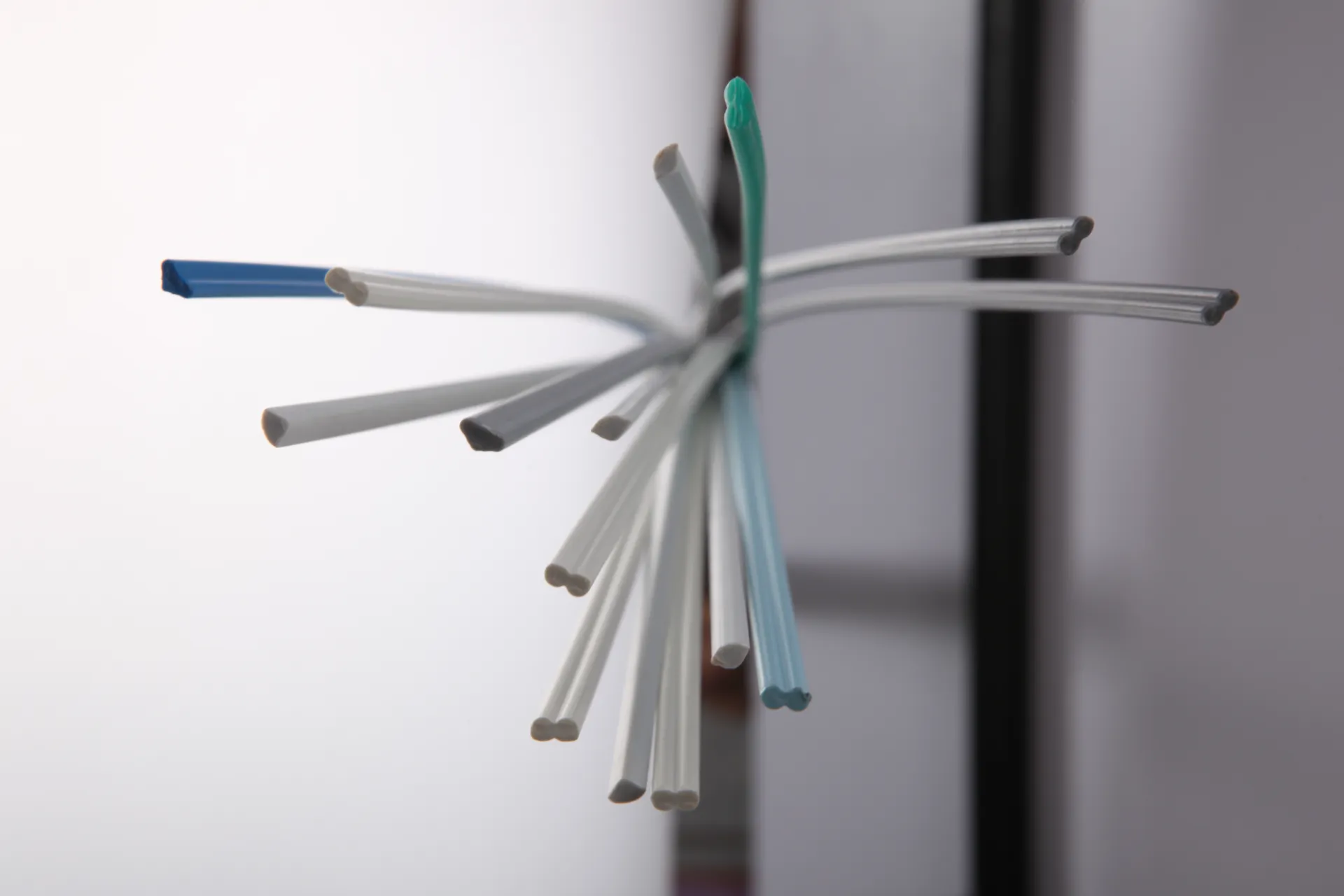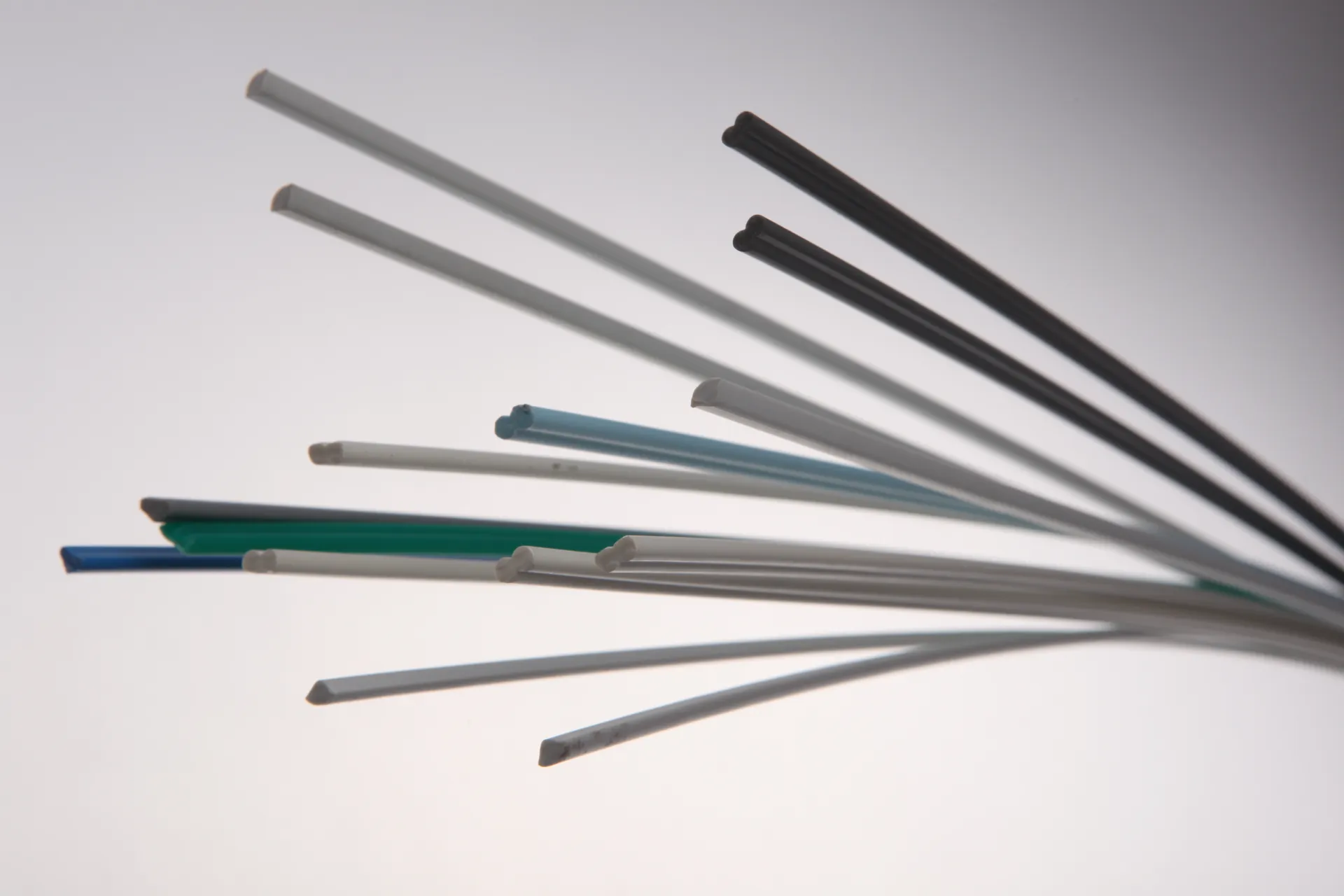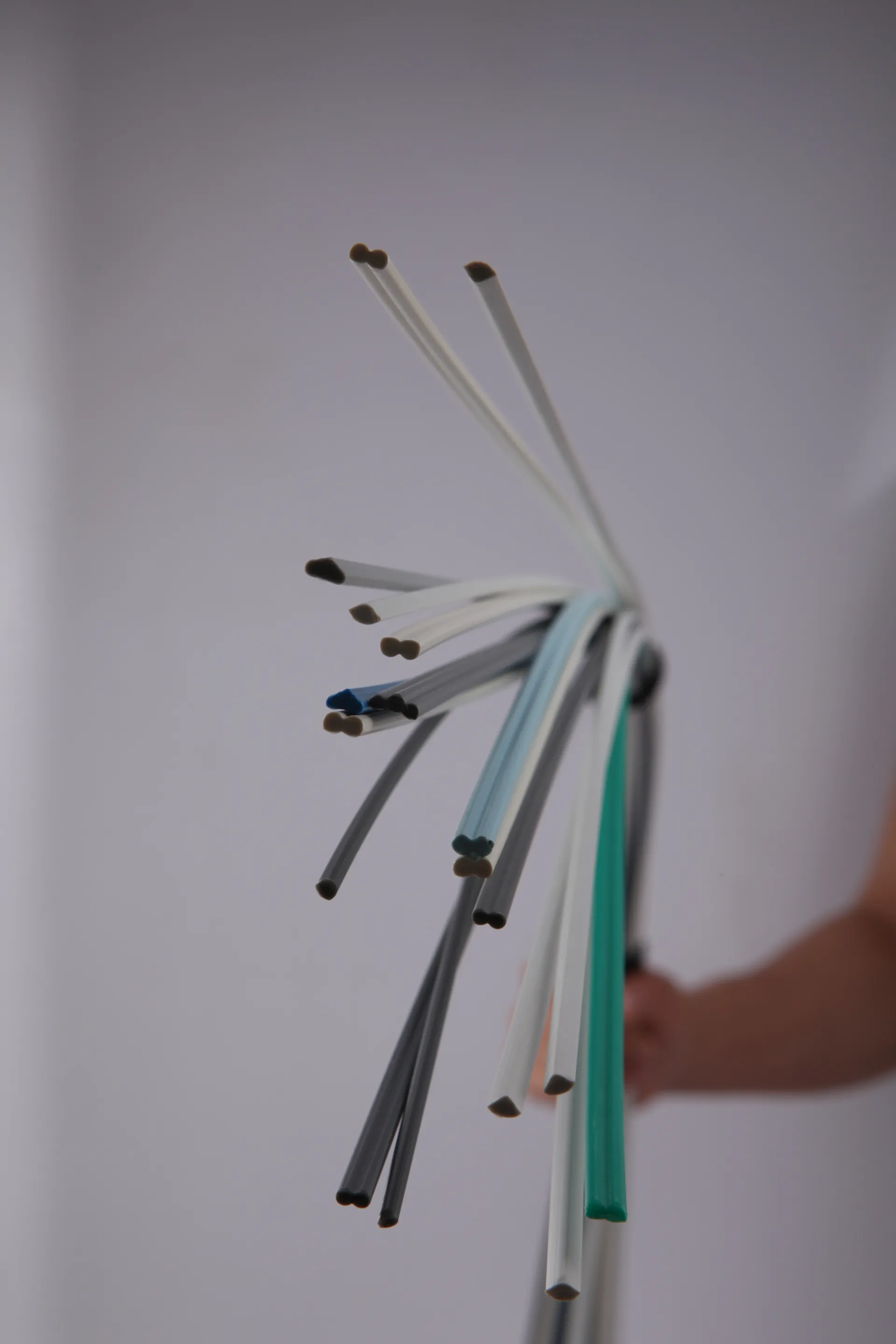Oct . 02, 2025 15:35 Back to list
HDPE Welding Rod—Stronger, Chemical-Resistant—Why Us?
Field Notes on HDPE Welding Rods: What Pros Actually Use and Why
If you fabricate tanks, repair geomembranes, or do tricky extrusion welds on-site, you’ve almost certainly handled an HDPE welding rod. In the shop, it’s a humble consumable; on a night shift with a leak alarm screaming, it’s your lifeline. Over the last couple of years I’ve seen a shift toward tighter diameter tolerances, cleaner resin, and better color coding for QA—small things that cut rework. And yes, availability still matters; nobody wants a two-week wait when a clarifier needs to be back online by Friday.

Why fabricators lean on HDPE welding rod now
Trends first: cleaner feedstock (virgin PE80/PE100), UV-stabilized options for outdoor tanks, and rods tailored to extrusion welders—especially 3–4 mm double-round that feeds consistently. To be honest, many customers say they’ll pay a touch more for rods that wet-in predictably at 250–270°C because it saves hours of sanding ugly beads.
Core specs (real-world oriented)
| Diameter | 2.0–4.0 mm (≈±0.05–0.10 mm, real-world may vary) |
| Length | 2000 mm standard; custom lengths available |
| Shapes | Single-round, double-round, triangle |
| Colors | Natural, White, Black, Blue; custom matching on request |
| Resin | HDPE (PE80/PE100), density ≈0.955 g/cm³ |
| Melt Flow Index | ≈0.3–0.8 g/10 min (190°C/5 kg) |
| Melting Range | ≈125–135°C; typical hot gas set 220–280°C nozzle |

Process flow and testing (shop-floor reality)
- Preparation: scrape oxidized layer, degrease; preheat substrate slightly.
- Methods: hot gas welding or extrusion welding of HDPE welding rod; travel speed tuned to bead wet-out.
- Parameters: nozzle ≈250–270°C; stick-out short; rod angle ~45°; gentle pressure.
- QC: visual per DVS 2202; tensile/peel spot checks per ASTM D638 coupons; weld factor ≈0.7–0.9 depending joint and standard.
- Service life: 10–25+ years in chemical tanks/liners with UV-stabilized rod and proper design.
Applications include chemical tanks, aquaculture tubs, geomembrane patching, pipe saddle repairs, fume scrubbers, and food-grade hoppers (pigments and compliance permitting). I guess the big win is chemical resistance—Caustics, many salts, and diluted acids—plus impact resistance in cold rooms.

Vendor snapshot (what buyers compare)
| Vendor | Resin purity | Tolerance | Certs | Lead time |
|---|---|---|---|---|
| Lida Plastic (Hebei, China) | Virgin PE80/PE100 | ≈±0.05–0.10 mm | ISO 9001; RoHS/REACH on request | Around 7–15 days |
| Generic Import | Mixed lots | ±0.10–0.20 mm | Varies | 2–4 weeks |
| Local Reseller | Brand-dependent | ±0.10 mm | Often ISO 9001 | Same/next day |
Customization matters: single-round, double-round, triangle profiles feed differently depending on your hot air tip or extruder; color coding helps QA traceability. Lida’s team can color-match or cut odd lengths, which—surprisingly—saves scrap on high-volume runs.

Mini case notes
- Water treatment tank: switch to HDPE welding rod with tighter tolerances cut leak call-backs by ~30% (maintenance logs, Q2).
- Aquaculture: UV-stabilized black rod reduced chalking after 12 months coastal exposure.
- Fab shop: double-round 4 mm improved extrusion bead fill on corners; fewer undercuts, less post-grind.
Origin: No.316 Pingan West Street, Shunping County, Baoding City, Hebei, China 072250. Many buyers mention steady lead times and neat packaging—rods arrive straight, not “banana’d,” which matters more than people admit.

Standards and references you can actually use
For procedures, most shops lean on DVS 2207/2212 for thermoplastic welding parameters. For QC, ASTM D638 tensile coupons and visual criteria per DVS 2202 are common. When rods interface with PE pressure components, engineers sometimes sanity-check against ISO 21307/ISO 13953 philosophies (even if not strictly required for rod welds).
- DVS 2207-1 / DVS 2212-1: Welding of thermoplastics – PE parameters and hot gas/extrusion guidance.
- ASTM D638: Standard Test Method for Tensile Properties of Plastics.
- ISO 21307 and ISO 13953: PE pipe welding procedures and test methods (applicable principles for QC).
- ISO 9001, RoHS, REACH: Typical management and substance compliance frameworks for consumables.
-
Comprehensive Guide To HDPE Pipes and Fittings | Durable & Sustainable Solutions
NewsNov.24,2025
-
HDPE Culvert Pipe – Durable, Flexible & Sustainable Infrastructure Solutions
NewsNov.24,2025
-
DWC HDPE Pipe – Durable, Cost-Effective Drainage and Conduit Solutions
NewsNov.23,2025
-
HDPE Drainage Pipe – Durable and Sustainable Water Management Solutions
NewsNov.23,2025
-
Durable and Sustainable HDPE Corrugated Pipe Solutions for Modern Infrastructure
NewsNov.23,2025
-
HDPE Water Pipe - Durable, Cost-Effective Water Solutions for Global Needs
NewsNov.22,2025

